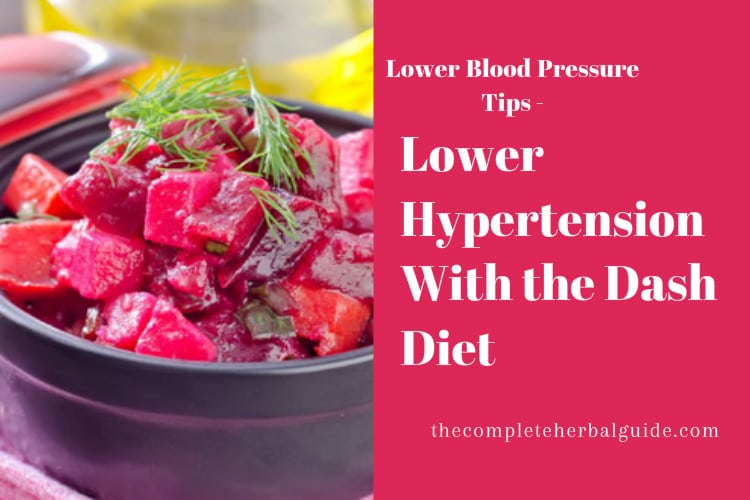
How Teas Can Reduce your Blood Pressure – Top Tea Included!
Recent studies show that hibiscus tea can lower blood pressure as effectively as some standard hypertension drugs can. Hibiscus is widely consumed around the world as a ruby-colored, lemony beverage (it’s the main ingredient in Red Zinger tea). Hibiscus is safe and, unlike most blood pressure drugs, rarely causes side effects. Plus, hibiscus plants can be grown in much of the United States, so you can actually grow your own blood pressure medicine.
Hibiscus (Hibiscus sabdariffa) has been used to treat high blood pressure in both African and Asian traditional medicine. In 1996, researchers in Nigeria confirmed this age-old wisdom by showing that hibiscus flowers reduced blood pressure in laboratory animals. Soon after, researchers in Iran showed the same benefit in people. After measuring the blood pressure of 54 hypertensive adults, the researchers gave them 10 ounces of either black tea or hibiscus tea for 12 days. Average blood pressure decreased slightly in the black tea group but decreased a significant 10 percent in the hibiscus group.
Since then, several additional studies have confirmed this effect, including two that tested hibiscus head-to-head against standard blood pressure medications:
- Scientists in Mexico gave 75 hypertensive adults either captopril (Capoten; 25 milligrams twice a day) or hibiscus tea (brewed from 10 grams of crushed dried flowers — about 5 teaspoons per 1 to 2 cups water — once a day). After four weeks, the herb had worked as well as the drug, with both groups showing an 11 percent drop in blood pressure.
- In another study, the same researchers gave 193 people either lisinopril, (Zestril, Prinivil; 10 milligrams per day) or hibiscus (250 milligrams in the form of a capsule). After four weeks, the herb had worked almost as well as the drug: Blood pressure decreased 15 percent among those on the drug, and 12 percent among those taking hibiscus.
How does hibiscus lower blood pressure? Recent research suggests a combination of reasons: It has diuretic properties, it opens the arteries, and it appears to act as a natural angiotensin-converting enzyme (ACE) inhibitor, which means it slows the release of hormones that constrict blood vessels. In addition, hibiscus boosts immune function and provides valuable antioxidants.
Dose recommendations vary from about 1 teaspoon of dried “flowers” (technically, the calyxes surrounding the flowers) per cup of boiling water up to the 5 teaspoons used in one of the Mexican studies. Steep five to 10 minutes. If you have high blood pressure, you should own a home blood pressure monitor. Take readings before different doses and retest an hour later to see what works best for you. Check with your doctor prior to taking hibiscus if you’re currently on medication to lower blood pressure — often a combination of a herb and a lower dose of a pharmaceutical provides the same benefit.
Tea Recipe to Lower Blood Pressure
The hibiscus flower is revered for its beauty, and it deserves equal respect for its healing powers. Many species have been used in traditional medicine, in addition to providing beverage teas. The tea is sour and tart—think cranberries—so people often add sugar and/or citrus. Now there’s exciting research backing up hibiscus tea’s medicinal benefits, especially for heart health. Scientists have confirmed that the deep red flowers gently lower blood pressure, thanks to their diuretic properties (they help the body eliminate excess water) and the fact that their anthocyanins block angiotensin-converting enzyme (ACE), the compound that causes blood vessels to constrict—exactly what the prescription combo of lisinopril and hydrochlorothiazide does, but to a milder degree and without side effects.
This makes a great, refreshing tea.
The ingredients:
- 4 c water
- 3 Tbsp dried or 4-5 Tbsp fresh hibiscus flowers
- 1 cinnamon stick
- One Tbsp of raw sugar Juice of
- 1 orange Boil water and pour over hibiscus and cinnamon stick.
- Steep for 20 minutes.
- Strain out hibiscus and cinnamon stick.
- Add sugar and orange.
- Serve hot or iced.






